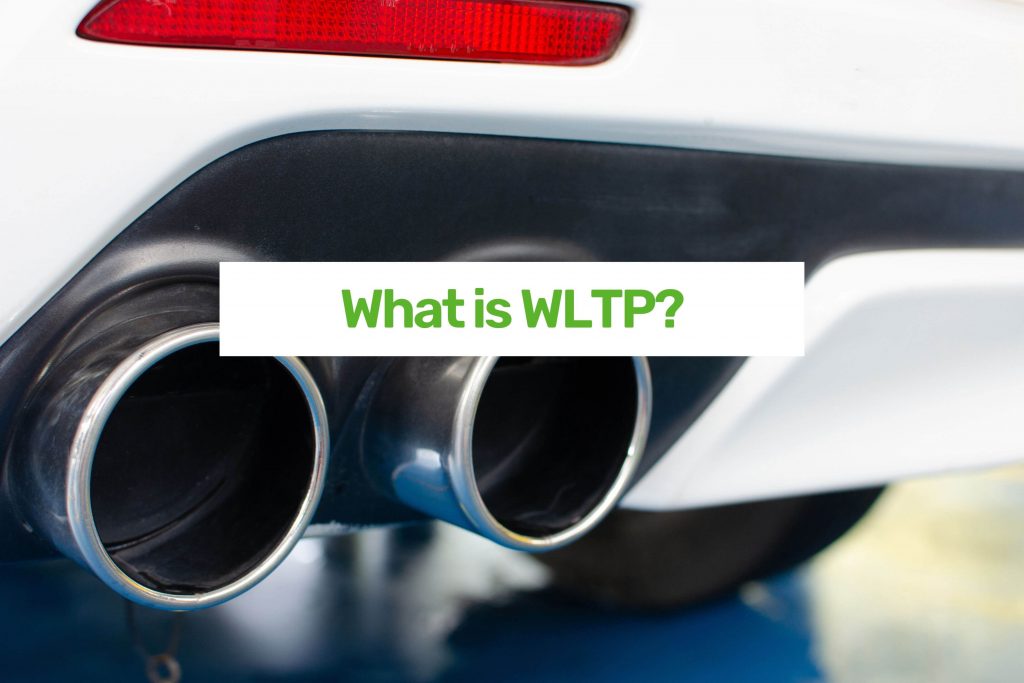What is WLTP?
WLTP or the Worldwide Harmonised Light Vehicle Test Procedure is a laboratory test used to measure fuel consumption and CO2 emissions from passenger cars as well as their pollutant emissions. WLTP also works out the energy consumption values of alternative powertrains as well as the range of electric vehicles.
Why Do We Use WLTP?
Prior to the introduction of WLTP in 2017 an old lab test called the New European Driving Cycle (NEDC) which was designed in the 1980s was used. The NEDC test determined test values based on a theoretical driving profile, due to evolutions in technology and driving conditions it then became outdated. WLTP cycle was developed using real-driving data gathered from around the world and therefore better represents everyday driving profiles.
How Does WLTP Work?
The WLTP driving cycle is split into four parts with different average speeds – low, medium, high and extra high. Each of the four parts contain a variety of driving phases, stops, acceleration and braking phases. For a certain car type each powertrain configuration is tested with WLTP for the cars lightest (most economical) and heaviest (least economical) version.
For instance, let’s examine the Consumption and Emission Data for a 2022 Audi RS Q3 2.5 TFSI Vorsprung S Tronic Quattro:
WLTP Consumption and Emissions* | |
| Consumption (low) | 19.6 mpg |
| Consumption (medium) | 28.2 mpg |
| Consumption (high) | 32.8 mpg |
| Consumption (extra-high) | 29.4 mpg |
| Consumption (combined) | 28.2 mpg |
| CO2-Emissions (combined) | 227 g/Km |
| Fuel grade | Super 95 |
| Emission class | EURO 6d-ISC-FCM |
The benefits of WLTP
WLTP endeavours to provide a much more accurate basis for calculating a vehicle’s fuel/energy consumption and emissions. Consequently, the lab measurements now better reflect a car’s on-road performance. However, it’s important to note that these lab tests may not perfectly replicate real-world driving results, which are influenced by factors such as weather variations, driving styles, and vehicle loads.
For further in-depth information about WLTP and its implications, you can explore WLTPFacts.eu



